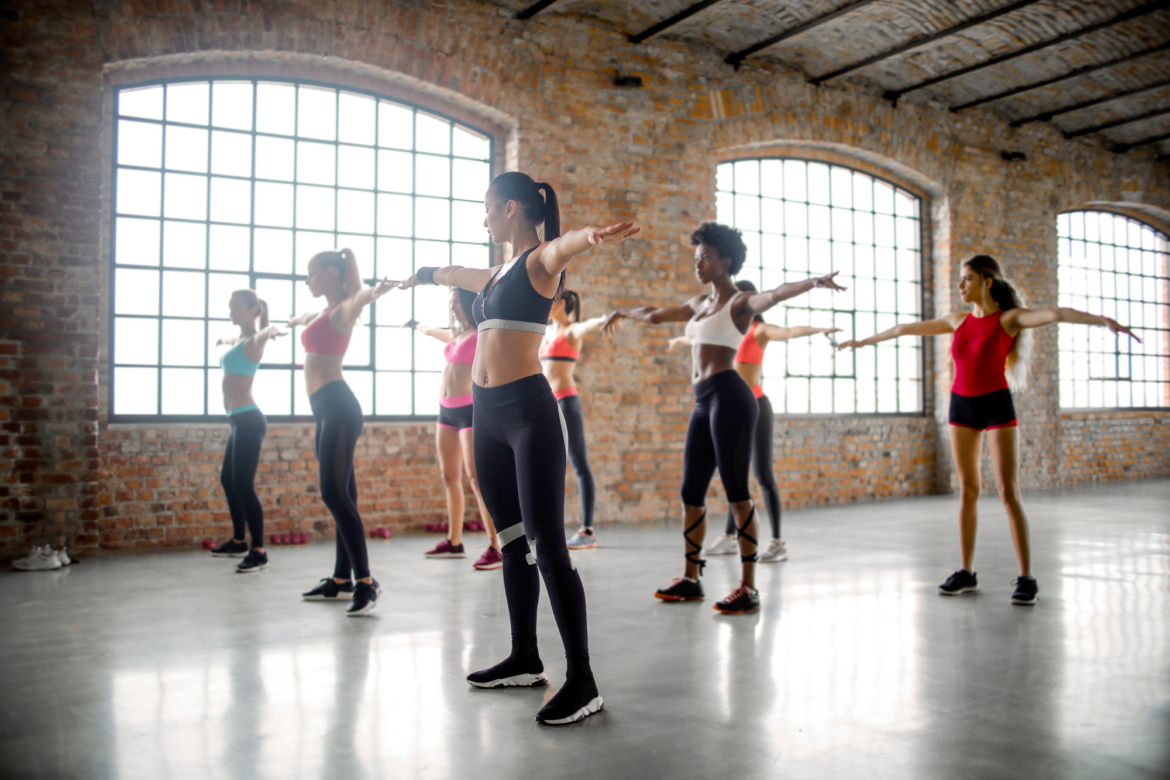What You Need to Know About Osteoporosis
Osteoporosis is a medical condition where bones become brittle over time. This is caused by a decrease in bone density due to hormone changes and a loss in calcium and/or vitamin D deposits. It affects nearly 20% of women older than 50 years and about 5% of men in this age range. Here is what you need to know about osteoporosis.
Bone Density
The main concern with osteoporosis is the decrease in bone density which can lead to an increased likelihood of a fracture (e.g. wrist, hip, or back) following a fall or in serious cases, a bump. Significant fractures can take additional time to heal and may result in a loss of function and independence. Treatment to prevent falls and minimize the progression of osteoporosis is important since it is a non-reversible condition. The best form of treatment to target these areas is exercise.
What Exercise Should I Do?
Exercise can be broken down into subgroups to target different areas of concern with an aging population including training for strength, balance, and flexibility.
Individuals with osteoporosis will benefit from a mode of exercise in which they are weight-bearing. Weightbearing allows gravity to pull bodies to the ground creating an axial load on the bones. According to Wolff’s Law, tissues in our bodies adapt to the stress and loads that they are repetitively subjected to. Therefore, ambulating around the community, dancing, playing tennis, and low-impact endurance training (e.g. cycling, elliptical, and stair climbing) are all excellent forms to minimize the progression of decreased bone density. You also benefit from cardiovascular training when these exercises are performed for 150 minutes a week at a moderate level per guidelines issued by the American Heart Association.
Flexibility Training
Following a prolonged bout of cardio, it is recommended to perform a stretching routine to improve overall flexibility as the body cools down. Brittle vertebral segments may lead to abnormal spinal curvatures. Therefore, identifying areas of restriction and shortened muscles is important to improve overall posture. Each stretch should be held for at least 30 seconds to improve the elasticity of each muscle group. Avoid stretches that include momentum, bouncing, excessive trunk rotation, and bending that may result in vertebral fractures. Also, stretches should create a gentle discomfort and not a painful strain.
Resistance Training for Osteoporosis
Another form of exercise that will benefit individuals with osteoporosis is resistance training. Free weights and resistance bands are typical loads used to target strengthening throughout the total body, but if that equipment is not accessible, utilizing body weight at home will suffice. Exercises that utilize body weight in a standing position include heel raises, hip abductions, hip extensions, wall push-ups, and sit-to-stands. For each exercise, begin with 3 sets of 10 repetitions per movement to improve strength. It is important to ensure proper form and technique are executed to avoid injury with each of these exercises. Resistance training should vary daily to allow for a full recovery of each muscle group exercised. This will minimize the occurrence of an overuse injury and allow for total body strengthening.
To properly execute a standing, body weight, and strengthening program, balance is a variable that must be addressed to minimize the likelihood of falls. Programs in the community and resources such as YouTube may guide individuals through yoga and tai chi routines. If questions are had on any of the areas listed above, reach out to a Freedom Physical Therapist to guide you through a safe approach to improve your health and minimize the progression of osteoporosis. We are skilled movement experts that assess movements, posture, and pain with the ability to prescribe specific exercise programs guided by patient goals.

